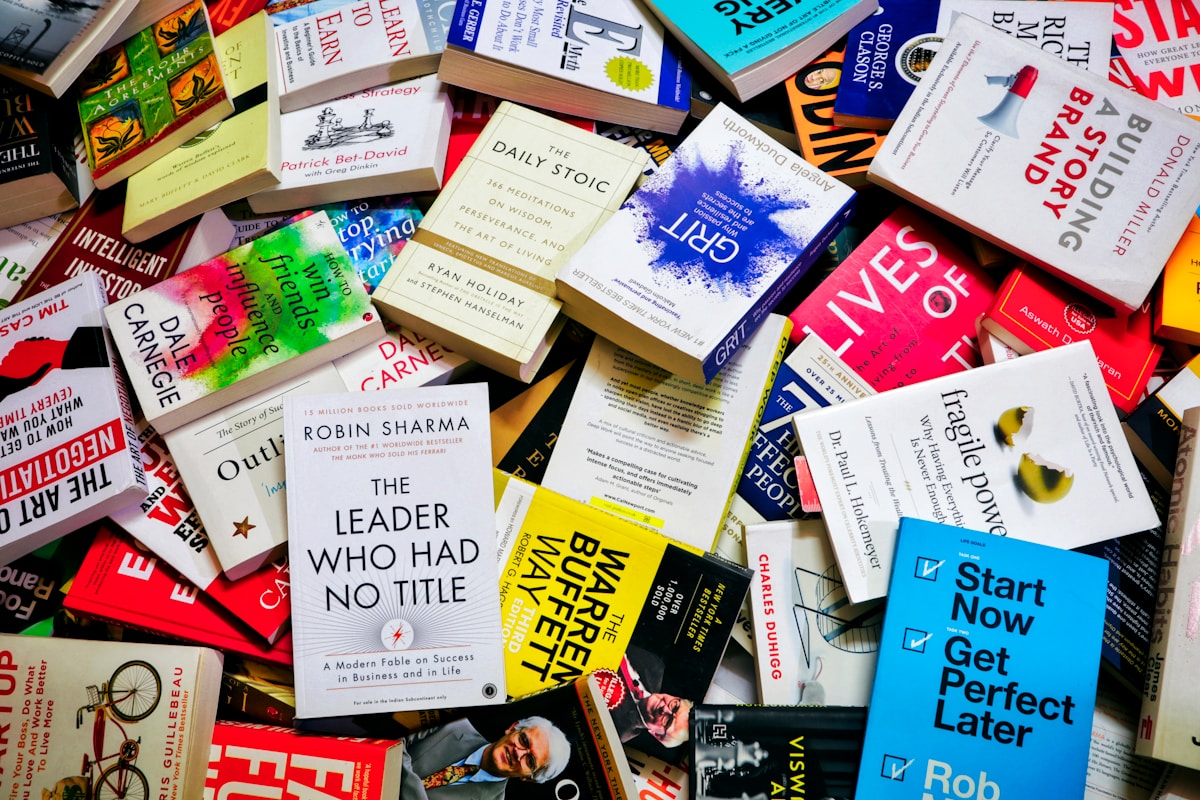What on Gods Green Earth is a Trade Book?
By Diana Vilic

When shopping for books online, you've probally seen a few options pop up, things like paperback, hardcover, collectors edition, and frequently on amazon: mass market. Have you ever stopped to wonder what they mean?
We can really break it down into two catagories, tradebooks and mass market. And let me assure you, while they seem very similar, you could potentially be getting different books.
What Are Trade Books?
Trade books is anything published for a general audience and available through most traditional book dealers. Trade books are the ones most people think of when they think of books and publishing. Picture your local bookstore, pretty much every book in there (with a few exceptions) are trade books.
How Trade Books Work
The "Big Five" aka the best known publishers (Hachette Book Group, HarperCollins, Macmillan, Penguin Random House, and Simon and Schuster), focus on marketing their books to get into libraries, bookstores and other brick-and-mortar locations. While smaller publishers use the trade model as well (usually in a hybrid format), they often face a set of challenges when getting their books to consumers.
In Simple Terms
The "Big 5" (and some smaller publishers) distribute books via wholesalers and distributors, aka trade channels. Hence the name “trade paperback.”
Why Does This Matter?
If you're going to publish your book this is important information to understand and it's critical in your decision of which publisher to work with and if you would like to self publish. For example, although it is difficult to get your book picked up by one of the "Big 5", they are the best trade publishers in the world, meaning your book has a higher chance of exposure.
Indie publishers often use a hybrid method that isn't as effective as the original trade method. Given your goals and other factors (your relationship with the publisher, royalty arrangements, and marketing budgets to name a few), distribution methods may not be a major factor in your decision.
And if you want to self publish, the only publishing method you qualify for is mass market, which comes with it's own benefits and disadvantages.
As an author all of these factors should be taken into consideration when you are making the decision to release your book.
Types of Trade Books
To simplify things, pretty much everything is a trade book, except textbooks and rare editions. Trade books are designed to be marketed to a mass audience. (Even if they have their very own niches.) Trades include
- Hardcovers and paperbacks
- Poetry
- Fiction
- Non-Fiction
- Cookbooks
- Biographies
- Children's books
- History book
Trade Book vs Mass Market Books
Trade Books are typically larger in size and printed using quality material.
Mass Market Books are typically smaller and uses lower quality paper.
Trade Books come in a variety of formats. (However the most popular is a hard cover book with a soft cover jacket)
Mass Market Books are paperback.
Trade Books are always original editions that include all photographs and illustrations.
Mass Market Books rarely includes photographs and illustrations, and is usually a shorter version of the original book.
Trade Books are not stripable, meaning they cannot be returned for any funds back, especially without their cover.
Mass Market Books can be returned if the cover is removed for credit back.
Trade Books are found in bookstores and libraries.
Mass Market Books are often found in drugstores, supermarkets, new stands, and airports.
As a new author especially deciding between a trade book and a mass market may not seem like a decision that would fall on you or something that you should consider right away, but it is. While we never want to push anyone away from self publishing-if it's the right choice for you, we do think it's important to consider all the factors and the potential reach of your book.
